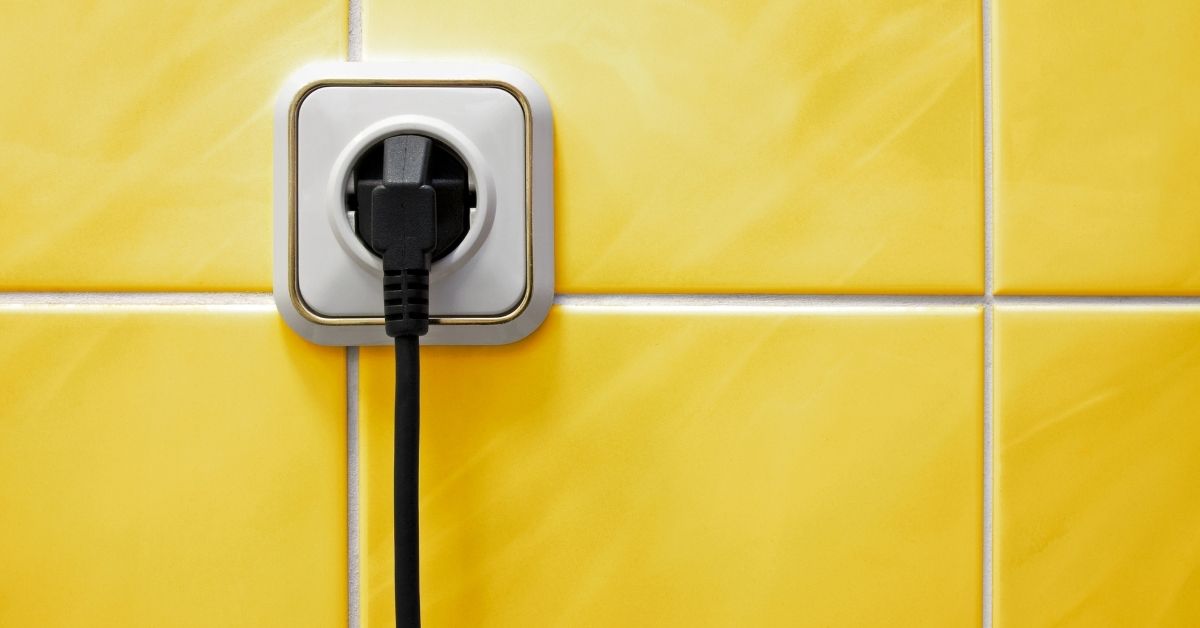Electrical Troubleshooting

Bathroom outlets not working but lights are – Electrical troubleshooting involves identifying and resolving malfunctions in electrical systems. It requires a systematic approach to isolate the issue and determine the underlying cause. In the context of bathroom outlets not working while lights are functional, a step-by-step troubleshooting guide can help pinpoint the source of the problem.
When your bathroom outlets aren’t working but the lights are, it’s a sign that you need to check the circuit breaker or fuse box. If that doesn’t solve the problem, you may need to call an electrician. In the meantime, you can still enjoy your modern apartment decor , but be careful not to use any appliances that require electricity.
If you’re looking for ways to update your bathroom decor, there are plenty of affordable options available online and in stores.
To begin, it’s essential to ensure that the circuit breaker or fuse associated with the bathroom outlets is not tripped or blown. If it is, reset the breaker or replace the fuse. If the issue persists, further investigation is necessary.
The bathroom outlets not working but lights are can be a frustrating issue. One possible cause is a tripped circuit breaker. To fix this, locate the electrical panel and reset the tripped breaker. If the breaker trips again, there may be a more serious electrical problem that requires professional attention.
While you’re troubleshooting, why not take some time to browse our gallery of modern traditional living room designs? We have a wide variety of styles to choose from, so you’re sure to find the perfect one for your home. Once you’ve chosen a design, you can start planning your renovation.
With a little effort, you can have the bathroom of your dreams.
Isolating the Issue, Bathroom outlets not working but lights are
To isolate the issue with bathroom outlets, follow these steps:
- Unplug all appliances and devices from the affected outlets.
- Test the outlets with a voltage tester to verify if power is reaching them. If there is no power, the problem may lie in the wiring or circuit breaker.
- Check the wiring connections at the outlets and switches to ensure they are secure and not loose. Tighten any loose connections.
Safety Precautions: Bathroom Outlets Not Working But Lights Are

Electrical safety is paramount when working with outlets. Ignoring safety measures can lead to severe injuries or even fatalities. To ensure a safe working environment, adhere to the following precautions:
Before commencing any electrical work, turn off the power supply at the circuit breaker or fuse box. Verify that the power is off using a voltage tester.
Inspection and Repair
- Inspect the outlet for any visible damage, such as cracks, loose wires, or burn marks. If damage is present, do not attempt repairs; replace the outlet.
- Tighten any loose screws or terminals using a screwdriver. Loose connections can cause arcing, sparking, and overheating.
- Clean any dirt or debris from the outlet using a soft brush or compressed air. Accumulation of debris can interfere with proper electrical contact.
Potential Hazards
Electrical work poses several potential hazards, including:
- Electrical shock: Contact with live wires can result in severe burns or electrocution.
- Fire: Electrical faults can cause sparks or arcing, which can ignite nearby materials.
- Explosions: If an electrical circuit is overloaded, it can overheat and cause an explosion.
To mitigate these hazards, always wear appropriate safety gear, such as insulated gloves and safety glasses. Work in a well-ventilated area and avoid using water near electrical components.
Outlet Repair and Replacement

Bathroom outlets provide electricity to appliances and other devices, making them essential for everyday use. When an outlet malfunctions, it can be a significant inconvenience. This guide will discuss the different types of bathroom outlets, provide instructions on how to replace a faulty outlet, and highlight factors to consider when choosing a new outlet.
Types of Bathroom Outlets
- Standard Outlets: These are the most common type of outlet found in bathrooms. They have two vertical slots and a single horizontal slot and provide 120 volts of electricity.
- GFCI Outlets: Ground Fault Circuit Interrupters (GFCIs) are designed to prevent electrical shock by cutting off power when a ground fault is detected. They are required by code in bathrooms and other areas where water is present.
- USB Outlets: These outlets combine a standard outlet with USB ports, allowing users to charge devices directly from the outlet.
Replacing a Faulty Outlet
Before replacing an outlet, ensure the power is turned off at the circuit breaker panel. Follow these steps:
- Remove the outlet cover plate.
- Unscrew the outlet from the electrical box.
- Disconnect the wires from the outlet terminals.
- Connect the wires to the terminals on the new outlet.
- Screw the new outlet into the electrical box.
- Replace the outlet cover plate.
Choosing a New Outlet
When choosing a new outlet for a bathroom, consider the following factors:
- Type of outlet: Determine the type of outlet required (standard, GFCI, USB).
- Amperage rating: Choose an outlet with an amperage rating that matches the electrical load of the devices that will be plugged into it.
- Safety features: Consider outlets with built-in safety features such as surge protection or tamper-resistant shutters.
- Appearance: Select an outlet that complements the bathroom’s decor.